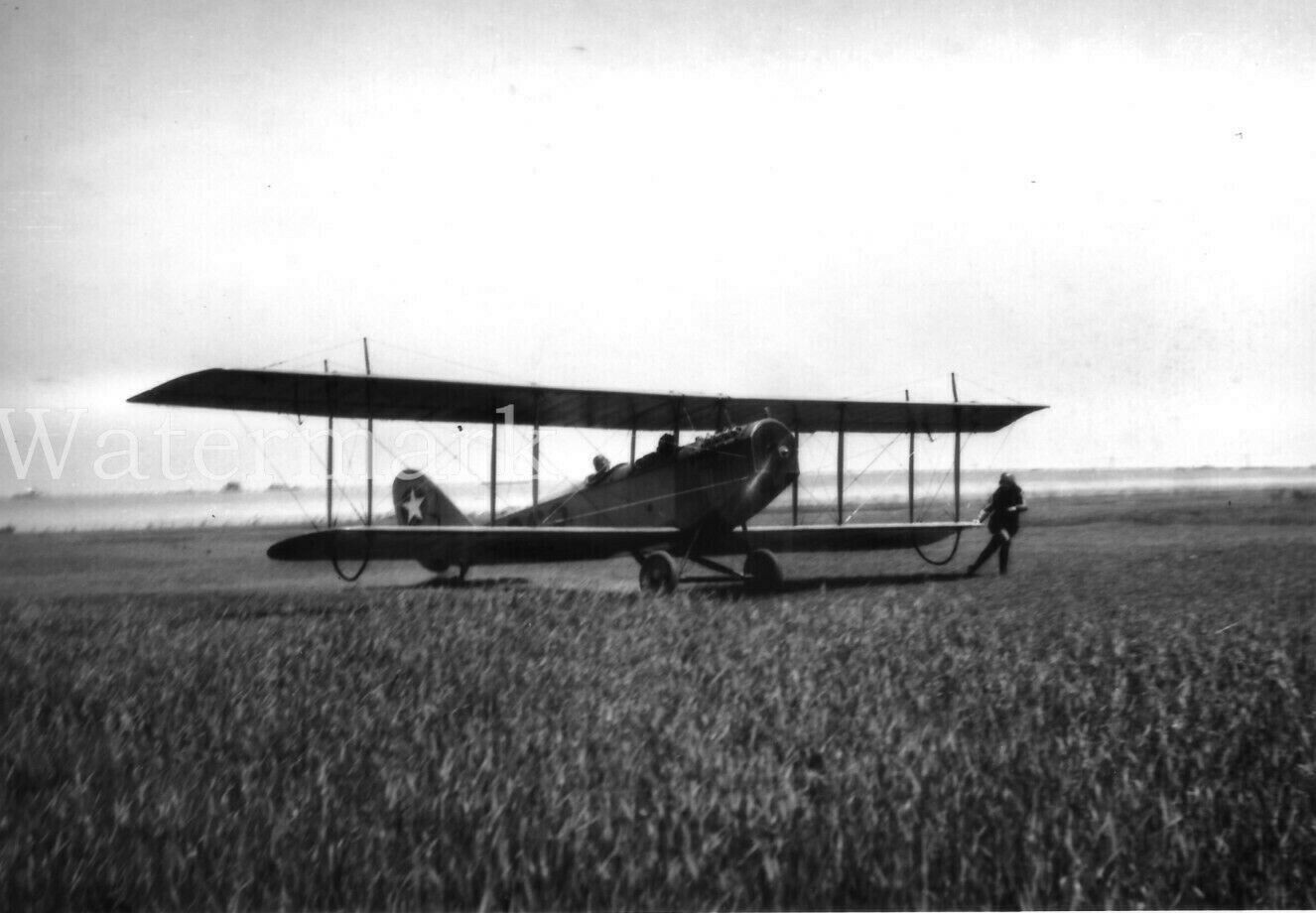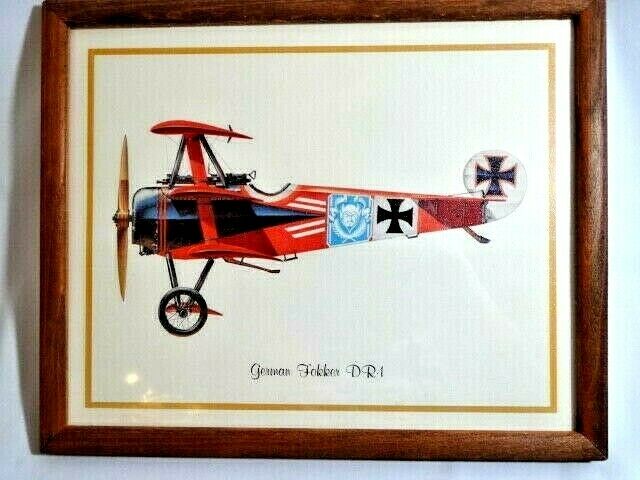-40%
Lockheed P-38 Lightning & Lodestar Aircraft 1941 WWII Advertising Poster
$ 10.53
- Description
- Size Guide
Description
LP-P00160 Lockheed P-38 Lightning 1941 WWII Advertising PosterThese are simply the best posters available! You will be thrilled with the image quality, vivid colors, fine paper, and unique subjects
. This is an original image that has been transformed into a beautiful poster - available exclusively from Landis Publications.
OUR POSTERS ARE SIZED FOR STANDARD OFF-THE-SHELF FRAMES, WITH NO CUSTOM FRAMING REQUIRED, PROVIDING HUGE COST SAVINGS!
This beautiful poster has been re-mastered from an original 1941 advertisement for Lockheed Aircraft Corporation’s P-38 Lightning and Lodestar aircraft.
The vibrant colors and detail of this classic image have been painstakingly brought back to life to preserve a great piece of history.
The high-resolution image is printed on heavy archival photo paper, on a large-format, professional giclée process printer. The poster is shipped in a rigid cardboard tube, and is ready for framing.
The 13"x19" format is an excellent image size that looks great as a stand-alone piece of art, or as a grouped visual statement. These posters require
no cutting, trimming, or custom framing
, and a wide variety of 13"x19" frames are readily available at your local craft or hobby retailer, and online.
A great vintage print for your home, shop, or business!
HISTORY OF LOCKHEED’S P-38 LIGHTNING
The Lockheed P-38 Lightning is a World War II–era American piston-engined fighter aircraft. Developed for the United States Army Air Corps, the P-38 had distinctive twin booms and a central nacelle containing the cockpit and armament. Allied propaganda claimed it had been nicknamed the fork-tailed devil (German: der Gabelschwanz-Teufel) by the Luftwaffe and "two planes, one pilot" by the Japanese. The P-38 was used for interception, dive bombing, level bombing, ground attack, night fighting, photo reconnaissance, radar and visual pathfinding for bombers and evacuation missions, and extensively as a long-range escort fighter when equipped with drop tanks under its wings.
The P-38 was used most successfully in the Pacific Theater of Operations and the China-Burma-India Theater of Operations as the aircraft of America's top aces, Richard Bong (40 victories), Thomas McGuire (38 victories) and Charles H. MacDonald (27 victories). In the South West Pacific theater, the P-38 was the primary long-range fighter of United States Army Air Forces until the appearance of large numbers of P-51D Mustangs toward the end of the war.
The P-38 was unusually quiet for a fighter, since the exhaust was muffled by the turbo-superchargers. It was extremely forgiving and could be mishandled in many ways, but the rate of roll in the early versions was too low for it to excel as a dogfighter. The P-38 was the only American fighter aircraft in large-scale production throughout American involvement in the war, from Pearl Harbor to Victory over Japan Day. At the end of the war, orders for 1,887 more were cancelled.
Role: Heavy fighter
National origin: United States
Manufacturer: Lockheed Corporation
Designer: Clarence "Kelly" Johnson
First flight: 27 January 1939
Introduction: July 1941
Retired: 1949 (United States Air Force), 1965 (Honduran Air Force)
Primary users: United States Army Air Forces, Free French Air Force
Produced: 1941–45
Number built: 10,037
Unit cost: US ,147 in 1944













